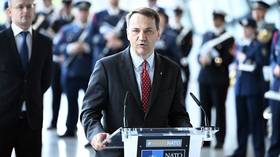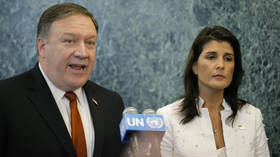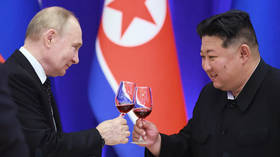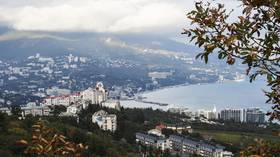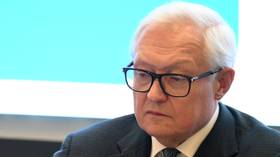EU state to shell out $2.5bn to beef up eastern borders
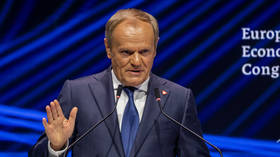
Poland will build a defense line along its borders with Belarus and Russia, Prime Minister Donald Tusk has announced. He added that work has already begun on ‘East Shield.’
Amid the ongoing conflict between Kiev and Moscow, the Polish leadership has repeatedly talked up the need to better defend the country against a perceived Russian threat. Last month, President Andrzej Duda suggested that Warsaw would be happy to host US nuclear weapons there, if asked to take part in NATO’s sharing scheme. Prime Minister Tusk was quick to downplay the idea, with Moscow warning of countermeasures should American weapons of mass destruction appear on its border or that of its key ally, Belarus.
Speaking at a military commemorative event in Krakow on Saturday, Prime Minister Tusk stated that Warsaw “will invest ten billion zlotys (€2.3 billion) in the security of our border with Belarus and Russia.”
“We have begun these works, to make Poland’s border a safe one in times of peace, and impenetrable for an enemy in times of war,” the official added, noting Poland’s strategic position on the eastern flank of NATO and the European Union.
The project envisages the creation of new fortifications and fences, as well as changes in landforms and special afforestation along the 400-kilometer-long (249-mile) frontier.
Tusk also said he expected the European Investment Bank to fund Poland’s satellite monitoring tools to the tune of 500 million zlotys. The system is expected to form part of a joint European air defense infrastructure.
On top of that, the head of government warned would-be saboteurs that “Poland will be merciless to those who seek destabilization of our country.”
Back in January, neighboring Estonia announced its intention to build approximately 600 bunkers along its border with Russia, with fellow NATO members Latvia and Lithuania also on board.
The “Baltic Defense Line” aimed at repelling “possible Russian aggression,” was originally budgeted at €60 million ($65 million), with construction expected to begin next year.
Meanwhile, in March, Russian President Vladimir Putin insisted that the “claims that we are going to attack Europe after Ukraine – it is utter nonsense and intimidation of their own population just to beat the money out of them.”
He also pointed out that it was NATO that had been inching ever closer toward Russian borders, and not the other way around, with the US-led military bloc having already “come very close.”
